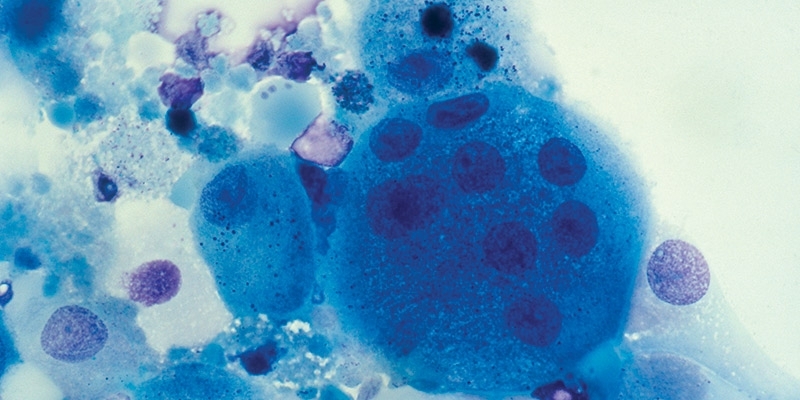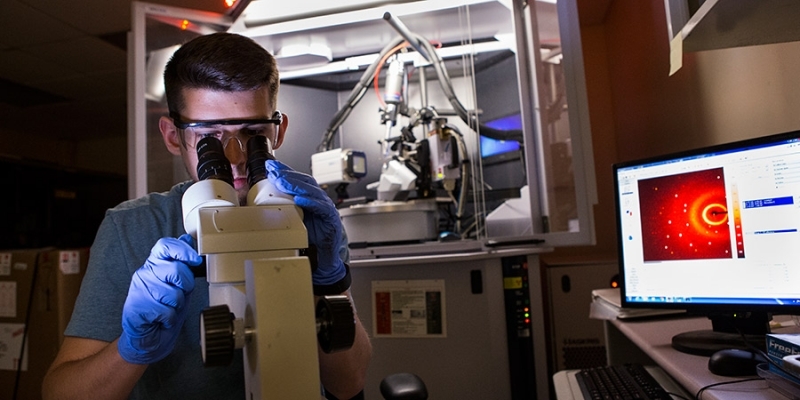Chocolate that melts in your mouth, but not on your hips
Temple University scientists apply an electric field to successfully reduce fat in chocolate.
Chocolate—beloved the world over. Were it not for the high fat content, we’d be eating chocolate-covered everything. In a discovery we’ve all been waiting for, Temple University scientists have found a way to use an electric field to reduce fat in liquid chocolate during the manufacturing process. The findings are published in this week’s issue of the Proceedings of the National Academy of Sciences, “Electrorheology leads to healthier and tastier chocolate.”
Chocolate not only delights the taste buds, it also boasts numerous health benefits. At issue though is high levels of fat, typically from 40-60 percent. Chocolate makers and scientists have been searching for a way to lower the fat for decades with little success. Lead study author, Rongjia Tao, professor of physics at Temple, explains the problem can be traced to chocolate in its liquid state, the form at which all manufacturing is done.
When fat is removed from liquid chocolate, its viscosity, or consistency, changes and the chocolate jams the pipeline as it travels through the manufacturing process. Tao and his team, innovators in applying electric fields to liquids to bring about improvements, theorized that by applying an electric field they could accomplish two things: They could reduce the viscosity enough to reduce the fat, but also increase the density of the particles to maintain proper flow of chocolate through the manufacturing process.
Their key was applying the electric field in the same direction as the flow of the chocolate. Traditionally, electrorheology (ER), the practice of using electric fields on liquids, works perpendicularly to the liquid flow direction. Tao’s team believes this method could be applicable to any liquids for which there’s a need to reduce viscosity. In previous research, Tao has used an electric field to thin fuel to improve the transportation of crude oil via pipeline and improve gas efficiency in the engine and a magnetic field to thin blood to help prevent heart attacks.
Electrorheology works by changing the alignment of the particles in a liquid using electric fields. In the current study, ER aggregated the cocoa solid particles into short chains, which allowed the scientists to reduce the viscosity and reduce the fat but maintain the flow.
For precision, Tao and his team invented their own device to test their theory. They were able to reduce the fat on several different brands of chocolate by 20 percent, better than they anticipated.
While these findings are tantalizing, the question remains, how does this reduced-fat chocolate taste?
“The treated chocolate has wonderful taste,” said Tao. “Some people even claim that the ER-treated chocolate has a slightly stronger cocoa flavor, better than the original chocolate.”
Tao’s hope is that we will be able to decide for ourselves in a year.
Temple University holds patents on a methodology to alter the viscosity of liquid chocolate through the application of an electric field. R.T. and H.T. are the inventor of the patents. The authors received funding from Mars Chocolate, Inc.


